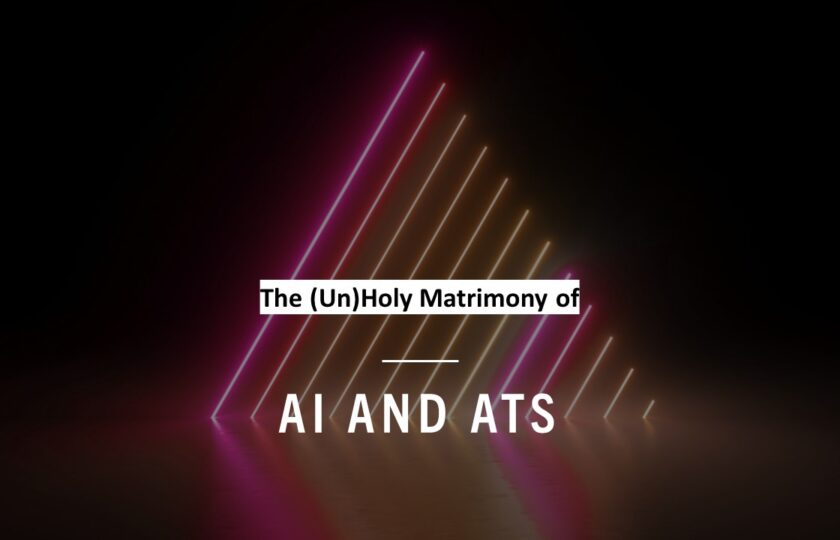In the ever-evolving realm of technology, there lies an enthralling narrative that unwinds through the chronicles of history — the extraordinary odyssey of Artificial Intelligence (AI). This is a tale replete with fascination, characterized by tenacity in the face of adversity, and illuminated by instances of sheer brilliance. Join us as we embark on a voyage through the chronology of AI, a journey that has redefined the frontiers of human ingenuity.
Act 1: The Inception (1950s-1960s)
Our narrative commences during the mid-20th century, as the world bore witness to the birth of AI. Visionaries such as Alan Turing and John McCarthy laid the foundational theories that undergird this discipline. During this epoch, early computers, large and rudimentary, grappled with elementary tasks, igniting the initial glimmers of optimism for the emergence of artificial intellect.
The 1950s and 1960s were marked by pivotal work in AI. Alan Turing, renowned for his Turing Test, postulated the notion of machines emulating human intelligence. John McCarthy introduced the term “artificial intelligence” and convened the Dartmouth Conference, an event considered the initiation of AI as a formal field of study.
Act 2: The AI Winter (1970s-1980s)
Nonetheless, as we journey onward, we encounter a turbulent period in AI’s narrative. The 1970s ushered in a frigid “AI winter,” a phase characterized by disenchantment and a depletion of resources. The lofty pledges of AI often outstripped the contemporary capabilities, leading to a stark revaluation. Funding waned, optimism wavered, and AI confronted a critical juncture.
The 1970s and 1980s represented trying times for AI. The initial enthusiasm gave way to skepticism as AI systems fell short of their grandiose promises. Investment in AI research diminished, and many began to believe that the field had made lofty claims without delivering substantive results.
Act 3: The Revival (1990s-2000s)
The ’90s marked a renaissance for AI. With swifter computers, refined algorithms, and the resurgence of neural networks, the AI dream was reignited. AI began to embed itself into the fabric of daily existence, revolutionizing search engines and penetrating diverse industries.
The 1990s witnessed a resurgence of interest in AI. The advent of faster computers facilitated more complex computations, and novel algorithms enabled the more effective training of neural networks. This culminated in breakthroughs in machine learning and natural language processing, propelling AI into applications such as speech recognition and recommendation systems.
Act 4: The Machine Learning Revolution (2010s-Present)
As we approach the contemporary era, we find ourselves on the threshold of a pivotal period for AI. The 2010s bore witness to the ascent of machine learning, fueled by copious data and potent GPUs. AI commenced conquering domains once deemed unattainable, from mastering intricate games like chess and Go to empowering self-driving automobiles.
The 2010s marked the emergence of machine learning as the predominant paradigm in AI. The availability of copious data provided the essential fuel for training sophisticated machine learning models. Graphics Processing Units (GPUs) expedited the training process, enabling the development of deep neural networks capable of tackling complex tasks such as image recognition and natural language comprehension.
Act 5: Beyond the Horizon (Future)
Our voyage through the annals of AI has brought us to an exhilarating juncture where the prospects appear boundless. The role of AI in shaping the future is profound. It portends to redefine sectors, ranging from healthcare to transportation, and continues to instigate ethical deliberations regarding autonomy and responsibility.
The future of AI presents both excitement and challenges. AI is poised to revolutionize an array of industries, encompassing healthcare, finance, transportation, and entertainment. Examples of AI’s potential include autonomous vehicles, advanced medical diagnostics, and tailored content recommendations.
In conclusion, the evolution of AI unfolds as a tale of determination, technological leaps, and transformative potential. As we advance into the future, the frontiers of AI remain uncharted. The narrative of AI is far from its conclusion; it unfurls as a story that keeps evolving, with each chapter revealing fresh dimensions of human innovation and our unceasing pursuit of knowledge.



